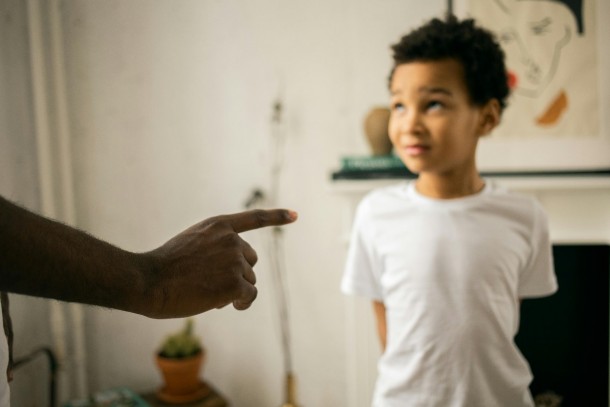Anger in children is often misunderstood. Many adults see it as defiance, a lack of discipline, or simply a phase to “grow out of.” But beneath every outburst, tantrum, slammed door, or defiant glare is a message waiting to be heard. Anger, just like any other emotion, is a form of communication, and when we learn to listen, we uncover what our children are truly trying to express.
Why Do Children Get Angry?
Children experience anger for many of the same reasons adults do: frustration, fear, feeling unheard, or a sense of injustice. The difference is that they often lack the emotional vocabulary and regulation skills to express these feelings in healthier ways. A child may scream instead of saying, “I feel overwhelmed.” They may lash out physically instead of saying, “I’m scared you’ll leave me.” Their anger is rarely just about the surface-level issue — there’s often a deeper unmet need underneath.
Common Triggers for Children’s Anger
- Changes in routine or environment: Moving homes, switching schools, or even a new sibling can create stress.
- Feeling powerless or unheard: Children often feel angry when they feel like they have no control over what happens to them.
- Unmet emotional needs: If a child doesn’t feel safe, connected, or understood, anger can become their outlet.
Developmental factors: Young children are still learning how to manage big emotions. Their brains are wired for reaction, not regulation.
How Can Parents Respond More Effectively?
Instead of reacting to the behaviour, try responding to the feeling beneath it. Here are a few supportive approaches:
- Pause before reacting: When we respond with calm, we teach our children that emotions are manageable.
- Reflect their feelings: Saying “You seem really upset” can make a child feel seen and validated.
- Set clear but compassionate boundaries: “It’s okay to feel angry, but it’s not okay to hit.”
- Teach tools for regulation: Deep breaths, drawing, movement, or using words to express feelings are helpful skills that children can learn with practice.
Reframing Anger as a Signal
Rather than seeing anger as a problem to fix, consider it a signal — one that tells us something is off. When we shift our perspective from managing behaviour to understanding emotion, we build stronger relationships and help children feel more secure. This doesn’t mean letting go of limits; it means holding those limits with empathy and presence.




